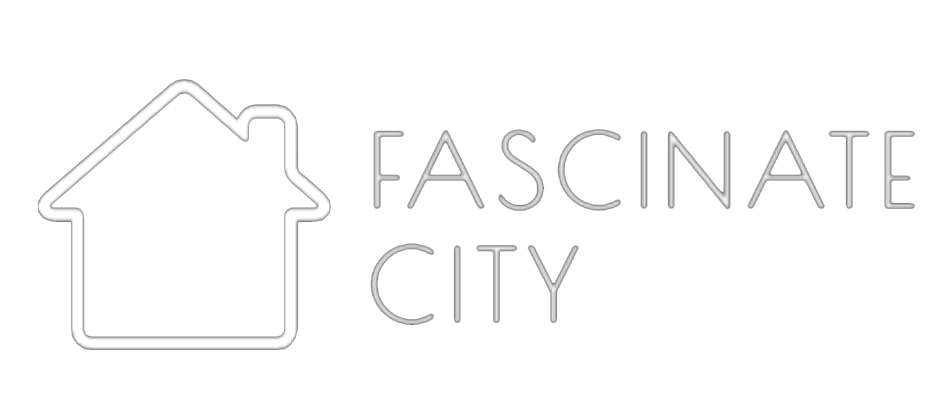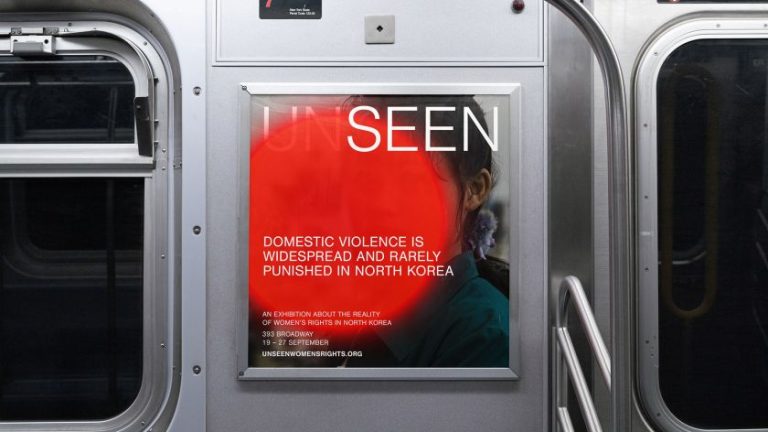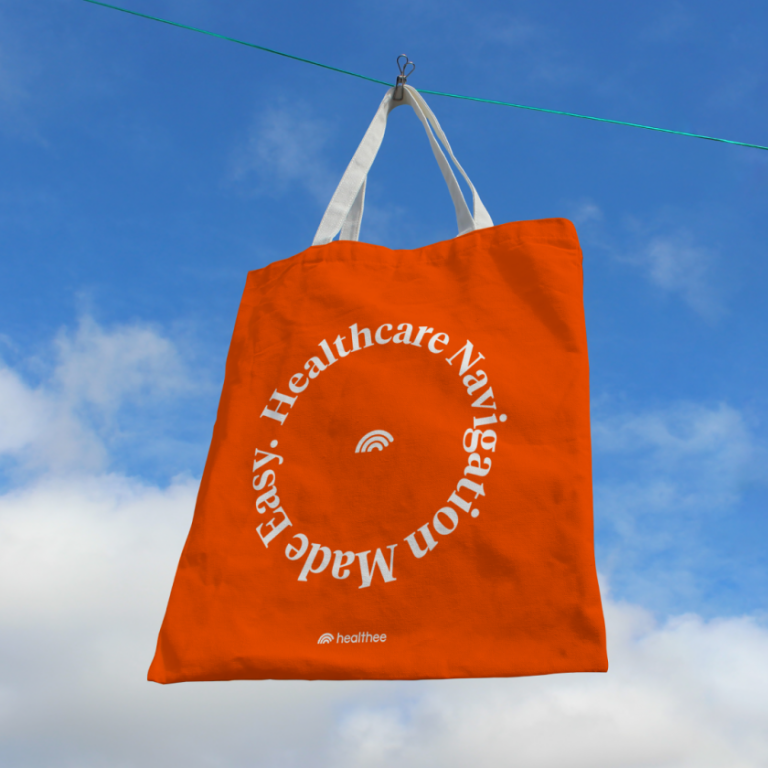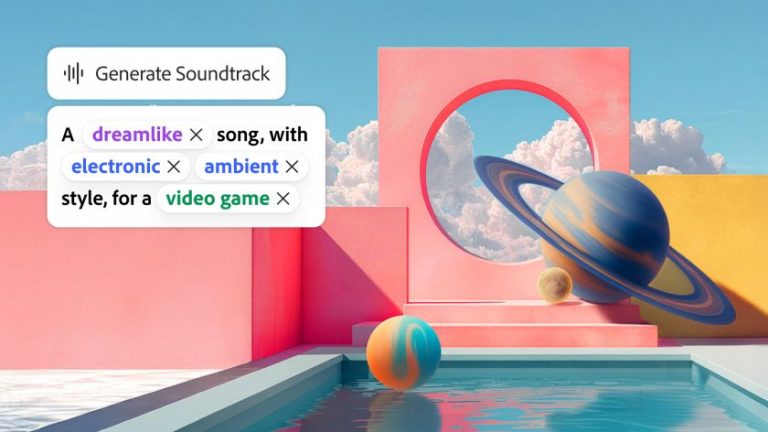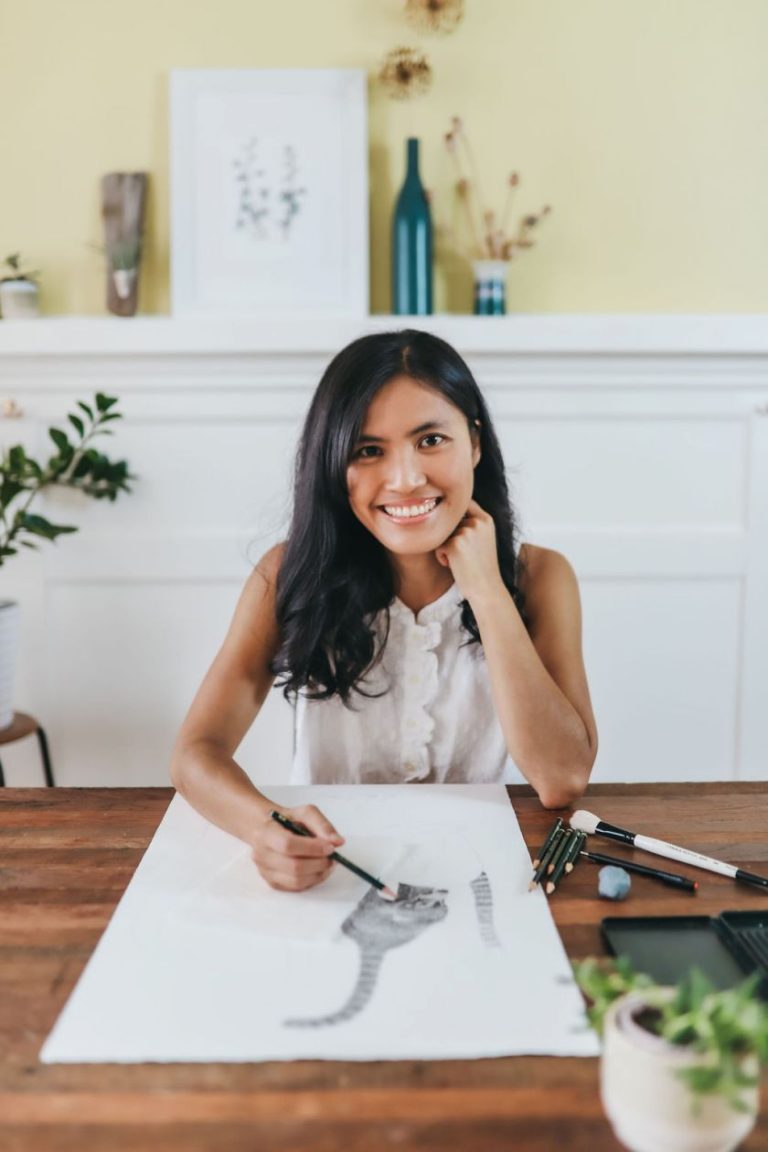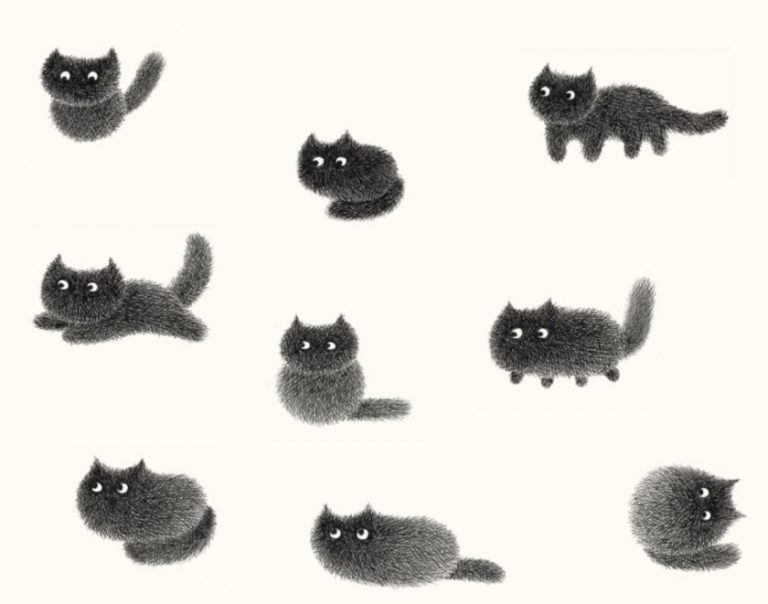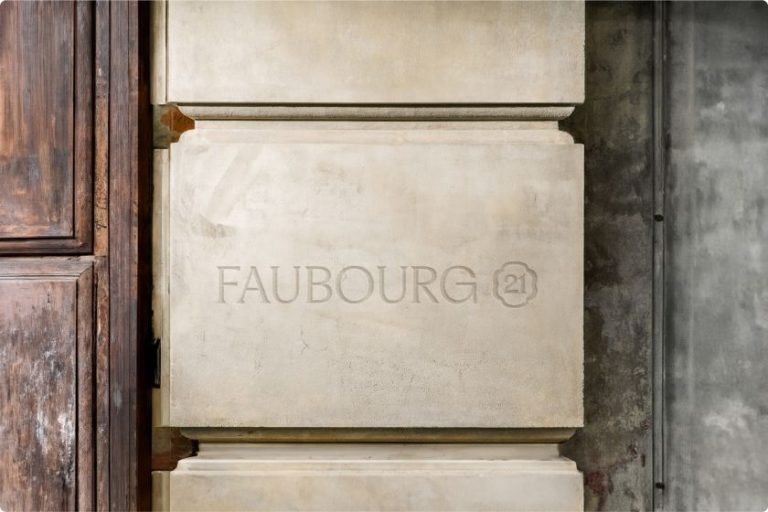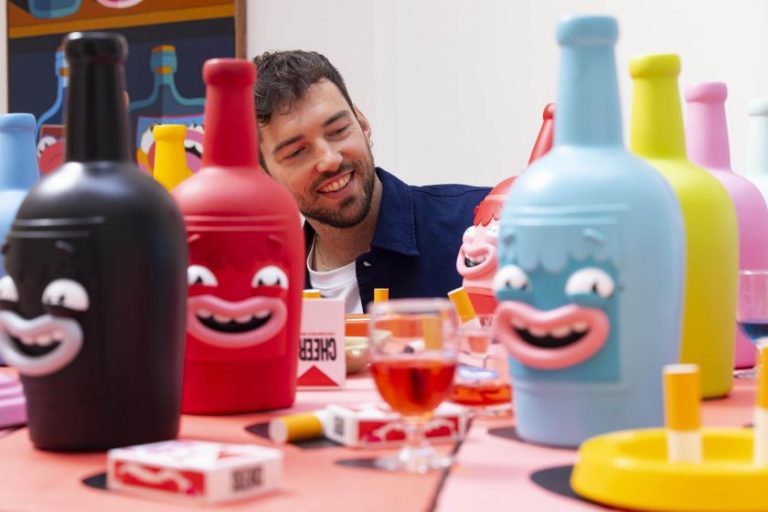Image licensed via Adobe Stock
Feel like you’ve strayed too far from your creative roots? Members of the Creative Boom community share their hard-won advice on reclaiming your passion and rebuilding your confidence.
Welcome to the latest instalment of our agony aunt series, Dear Boom. This week’s dilemma strikes at the heart of something many creatives face: the slow drift away from what they love doing most.
A designer writes: “I graduated in 2014 and work in a tiny agency where I’ve become a bit of an all-rounder. Video shoots, editing, scripts… You name it. I’m terrified my lack of design work is killing my career. I feel like I’ve drifted too far to ever return, and I’m drowning in self-doubt. How do I find my way back to design?”
The response from our community was immediate and deeply empathetic. It turns out career drift isn’t just common; it’s practically inevitable in today’s fast-moving profession.
But the good news? You’re never too far gone to find your way back.
We share some of their best advice below, while you can read the full discussion on Insta. And for more discussions like this, make sure you join our own private network The Studio: it’s free!
You’re more valuable than you think
First, let’s address the elephant in the room: has becoming a generalist actually damaged your career? Graphic designer Grace Abell doesn’t think so. “The hiring market these days prefers a designer who can actually do video editing, animation, photography, and all those other professions for a single salary,” she observes. “So don’t sweat it: you’re more hireable than people who can only design, regardless of their skill level.”
Designer and consultant Jenny Famularcano takes this further. “I’ve found that all the work and problems you’re solving through other experiences ultimately contribute to what you eventually create in your design,” she says. “Design oftentimes does its work in the background that so many people don’t see. Since you are able to unlock design’s true potential, you can add value to any type of work, and that’s where the magic happens.”
Just start creating (no, really)
When it comes to rekindling your design practice, the advice from our community is refreshingly simple. Graphic designer James Junk puts it bluntly: “Don’t think about it and just start designing again! We inflict so much pressure on ourselves that we kill our desires before even giving ourselves the chance to start. The creativity is inside you, you’ve just got to give it the space to come out.”
Strategic brand designer Sophie O’Connor suggests starting with online design briefs. “This will build confidence and work for your portfolio or socials,” she says. “You could also sign up for some online courses to further build confidence and skills.”
Perhaps the most consistent advice we received from our community was to create personal projects that reignite your passion. For illustrator and graphic designer Atikah Daman, the solution was returning to basics. “Create projects for yourself on things you actually enjoy doing,” she advises. “I went back to sketching: no rules, no client demands.”
Protect your energy
While self-initiated projects can be transformative, designer and art director Sonya Dyakova offers an important caveat. “Side and self-initiated projects can be a wonderful way to explore ideas and flex design muscles,” she says. “But when they happen on top of everything else, it often means working when you’d otherwise be resting. Over time, that can feel unsustainable.”
Illustrator Joe Cutler learned this the hard way. “Us designers usually forget about the most important client…ourselves,” he notes. After experiencing major burnout, Joe even fantasised about working at a bodega. “I had to step back and remember my first love,” he remembers. “No limits, no clients; just me and the sketchbook. I really had to connect that way so I could remember what I wanted, protect my creativity and realise what I wanted to put into the world.”
Illustrator and visual artist Scarlett Yang, who transitioned from interior design to freelance illustration, frames all this as a question of identity. “Most in-house roles expect you to do a bit of everything,” she says. “But I guess it comes down to where you see yourself. If you want to be known for design, consider investing extra time in developing those skills. If running your own studio is your goal, then having a wider range of skills is also extremely useful. At the end of the day, it’s about what makes you unique, and the time you put in will always show.”
The overriding message from our community? You haven’t drifted too far, and it’s never too late to return. Design student Ana Medvedec felt stuck in the same place two years ago. “I decided to go freelance and give it a try,” she says. “It doesn’t have to be freelancing; it could also be a side project you work on in your free time. Either way, practice does make perfect.”
Conclusion
What strikes me most about all this advice is how it reframes career drift not as failure but as evolution. Yes, you may have moved away from pure design work, but you’ve gained valuable skills and perspectives along the way. The question isn’t whether you can return to design; it’s what kind of designer you want to become now, with everything you’ve learned.
The path back to your creative roots doesn’t require a dramatic career change or a complete portfolio overhaul. It often starts with a single sketch, one self-initiated project, or simply giving yourself permission to create something purely for the joy of it. And ultimately, action really is the cure for anxiety. The creativity hasn’t left you: it’s just waiting for you to make space for it again.
